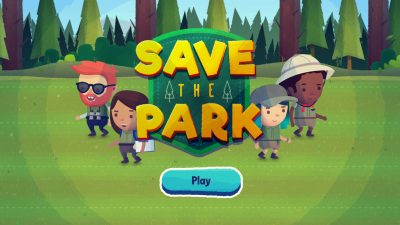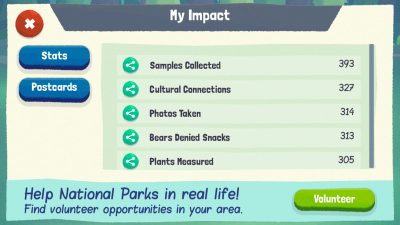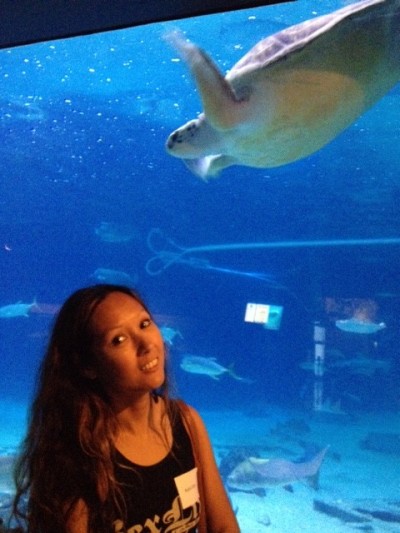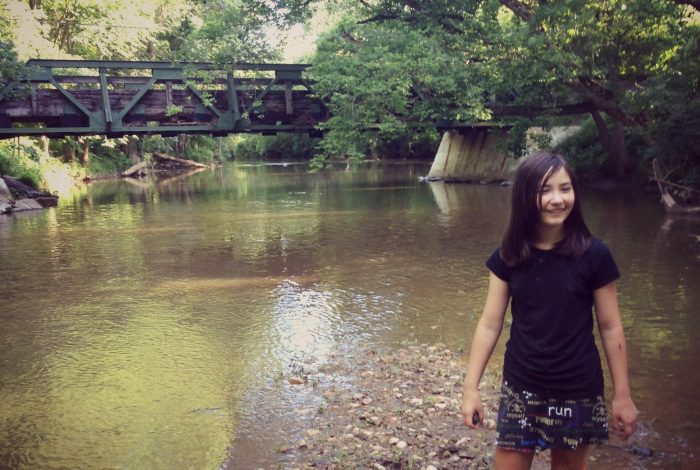
Teaching children about the natural world
should be seen as one of the most important events in their lives.
-Thomas Berry
You don’t need to be a scientist to conduct research that makes a difference. Citizen science projects allow anyone to make observations that contribute to a large body of data for scientists and researchers to analyze, without adding greatly to their research costs. It’s a great way to get kids feeling involved and empowered; enthusiastic about intellectual curiosity and the scientific method. With these six citizen science projects for kids, they’ll also learn and connect with nature and the creatures that inhabit it.
6 Citizen Science Projects for Kids

Penguin Watch
You’ve probably seen posts about Penguin Watch recently. Since penguins are top predators and spent most of their life in water, changes in their populations can be indicators of changes within their Antarctic ecosystem. Penguin Watch is a strictly online project that presents you with images of penguin nesting sites, and asks you to mark adult penguins, chicks, and eggs as well as any other animals close to nests. Afterwards, you can discuss the pictures with the science team or other volunteers. It’s like a seek and find puzzle, and they’re not always easy!
Darwin’s Dogs
How has doggie DNA changed as they evolved from wolves to man’s best friend, and how did those genetic changes affect behavior? Finding out more about how genetic change and behavioral changes are linked might help us understand neurological diseases in dogs— and people.
The Darwin’s Dogs project asks dog owners to complete a survey about their dogs and mail in a saliva sample so that researchers can connect DNA and personality traits. Results will be shared with participants and kids will really get to think through what makes their dog unique!

FrogWatch USA
Frogs and toads are both predators and prey. They’re very helpful for keeping insect populations under control, and for serenading us on summer nights with song. Frogs and toads are also sensitive to environmental changes, so being aware of fluctuations in their numbers can help us understand, anticipate, and fix problems within their habitat.
Volunteers taking part in the FrogWatch USA project learn the frog and toad calls for their area— a handy skill to have, and sure to impress at parties!— and commit to listening for them for 3 minutes multiple times during breeding season. You then report your findings online.
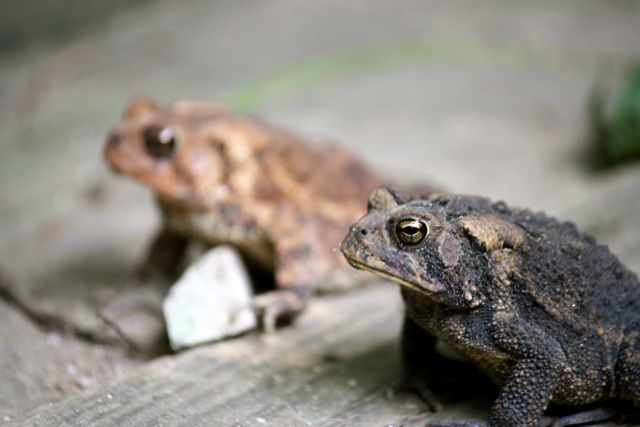
Whales as Individuals
When I was a kid, my dad “adopted” a whale for me, and I’d occasionally get a photo of that whale when it surfaced somewhere. His name was Patches. I suppose that he was among the four or five you could choose from not because whales are so very rare (they’re not ubiquitous but they’re not that rare), but because he was very distinctive and easily identifiable, with a huge white mark on his tail (fluke). Every fluke pattern is individual, like a fingerprint, and like a fingerprint it can be difficult and time intensive to suss out the minute differences between them.
The Whales as Individuals project lets participants help with that. You make notes on images of flukes, helping to fine-tune computer algorithms so that they can better identify whales and help researchers learn about their behavior, personalities and populations, as well as pinpoint conservation concerns.
Urban Buzz
Cicada lovers in our area are excited this year because Brood V is about to emerge and fill our summer nights with song. These bugs are sensitive to environmental changes, like temperature and creeping urbanization. You can help scientists determine how climate change and the “urban heat islands” created in cities affects cicadas by collecting a few dead specimens, filling out a data card for each one and mailing them off to the Urban Buzz team at North Carolina State University.
(With any discarded exoskeletons, you can have a cicada party! Or, hook them on your lapel as a creepy brooch.)
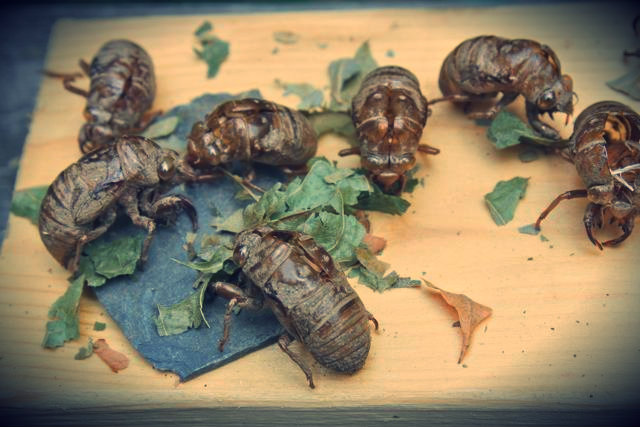
BioBlitz
At a BioBlitz, members of the community work with scientists and teachers to find and identify as many species as possible in a specific area over a short period of time, as well as get an overall count of the plants, animals, fungi, and other organisms that live there. Among other things, this helps researchers track whether species populations are declining, and whether invasive species are booming. It also helps YOU to learn about the creatures in your own backyard!
There are over 250 BioBlitz events scheduled so far for 2016; this is a noteworthy year to take part, since it’s the National Park Service’s 100th birthday. Find an event near you or plan your own.
Need more citizen science in your life?
Here are 14 more citizen science projects to try. Yay for raising kid naturalists!
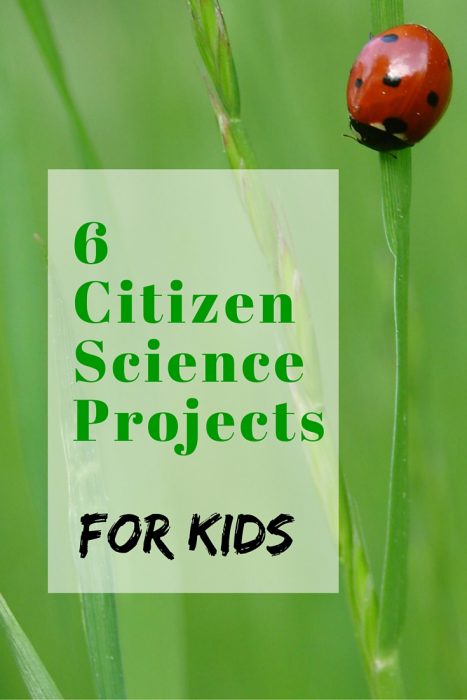
Pin it for later!






